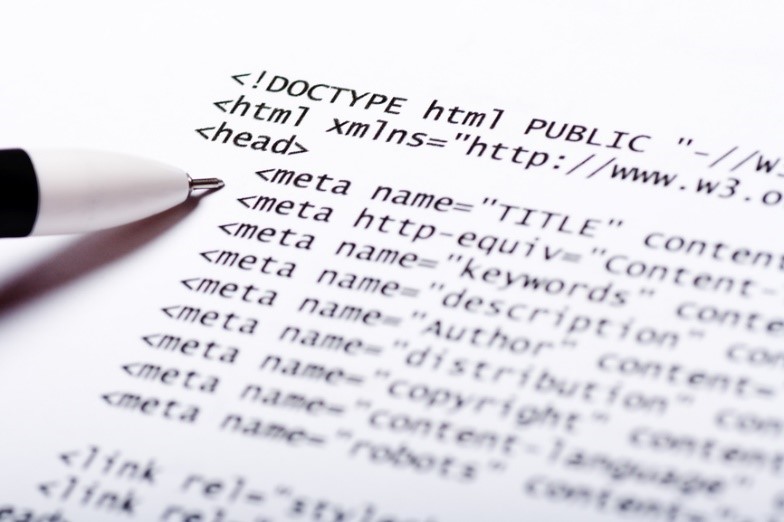
Copyright is a form of legal protection that gives you ownership rights to your original works. The moment you create a work of creative expression that falls within the scope of US copyright laws, it is automatically protected by law. Copyright protects your original works, published or unpublished, if they are stolen or plagiarized. Copyright provides the creator with exclusive rights to:
1) Reproduce the work
2) Distribute or sell the work
3) Display or perform the work publicly
4) Create derivative works based on the original work
Removing the copyright mark from someone else’s code is generally a form of fraud; if you are the owner, you can choose not to mark source code copyrighted, but the presence or absence of that mark is no longer determinant of whether something is copyrighted. Changing the source code sufficiently produces a new derivative work, which is allowed if you are the copyright holder, and often not allowed if you are not. derivative work is also copyrighted at ‘birth’ and the copyright is generally found to be held by the holder of the original copyright, regardless of who made the copy.
A valid copyright notice contains three elements:
• the copyright symbol ©, or the words “Copyright” or ” Copr ”
• the year of publication, and
• the name of the copyright owner
Protective orders for source code review in software patent litigation serve the purpose of preventing, or otherwise mitigating any risk of, disclosure of code elements to competitors, who, in some cases, are the opposing party. Limiting disclosure prevents competitors from acquiring a “road-map” to circumventing a patent owner’s invention, or patent owners from expanding their claims.
Open source means it is copyrighted! It is a licensing scheme that allows you to use some product someone else has published. It adds restrictions on how you could use it and gives you specific access rights to it. anything that has been created is copyrighted. And stays copyrighted until 70 years after the author has died. Now, the author can license others to use his creation and this license could be a commercial license where you would pay to use a product, sometimes even for a limited time.
The critical role it plays in the programming of your app, many companies have neglected to beef up the measures they have in place to protect their programs. In recent years, issues with lapsed software patents have left many codes vulnerable to attack, and even many of those businesses that do claim some level of protection often rely on outdated methods that no longer offer much security at all.
How to Safeguard Your Code
1) Restrict access — one of the most straightforward ways in which you can avoid your source code getting out into the world is simply to restrict which members of your team have access to it.
2) Copyright and patents — lapsed copyrights are among the biggest reasons why many companies are not protecting their source code like they should. Be sure that all your software and coding is protected by copyright law and necessary patents.
3) Encryption and monitoring — source code is one of your most prized commodities on the programming side of things. Ensure that it includes the ability to encrypt the relevant data both in transit and at rest, as this will go a long way toward keeping it away from prying eyes.
4) Redundancy — many effective ways to protect your source code are on the table, this is one case in which the more methods you have in place, the better off you’ll be in the long run. Businesses opt to limit redundancy, since it amounts to an excess expense of resources.
Source code protection may not completely keep your system secure from those who may threaten your programming, it’s certainly one of the best ways to create a baseline of safety and security for both your app and its users. Much as your source code serves as the basis for all other functionality in your application, likewise should the case be regarding the role source code protection plays in the infrastructure you build to guard against hackers.